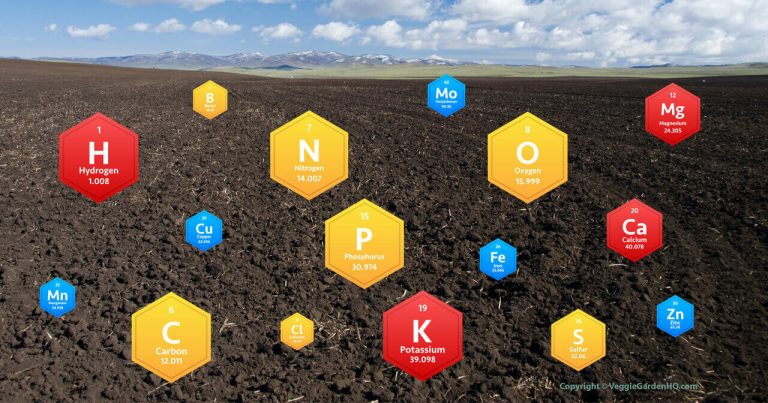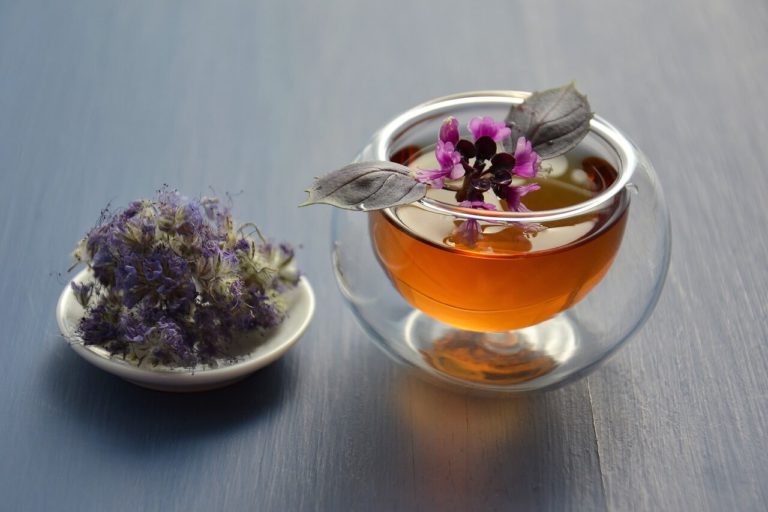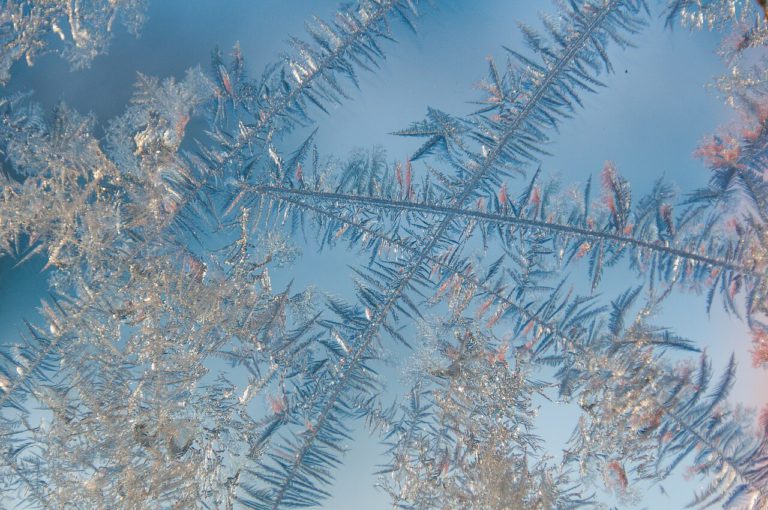Understanding Dormant Plants in Your Winter Garden
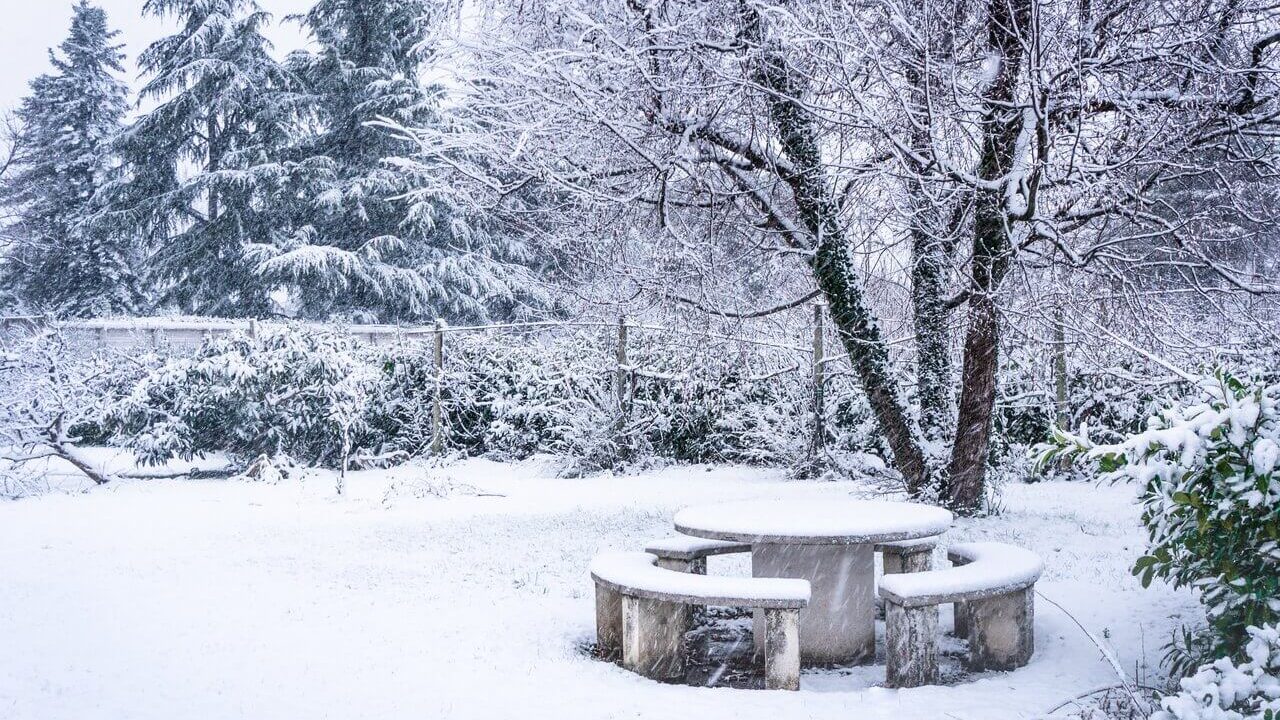
Have you ever wondered what goes on underground during winter? Or what needs to be done to care for dormant plants?
Before I knew better, I thought all plant growth stopped for the winter and plants froze in the ground. I halfheartedly wondered how they survived those freezing temperatures but spent no time thinking about it.
Then, I started my garden and spent hard-earned money buying plants. It didn’t take long to realize gardening would be very expensive if I had to buy new plants every single year.
That’s when I decided to learn more about annual versus perennial plants. And more specifically, how perennial plants could survive in harsh winter temperatures and spring back to life as the weather warmed.
Plant Dormancy
Dormant plants survive winter because they go into what can be equated to a deep, rejuvenating sleep. This survival mechanism gives them the ability to withstand the winter chill.
During this phase, growth and metabolic activities slow down significantly. However, dormancy isn’t the same for every plant.
Some plants, like evergreens, barely slow down. At the same time others, like the deciduous trees in my backyard, shed their leaves and appear lifeless.
This difference in dormancy patterns is a fascinating aspect of plants and is crucial for planning winter care strategies.
For gardens, winter isn’t just a peaceful sleep and can sometimes turn into a battle against frost. Even the hardiest of plants can be susceptible to freeze damage.
Much of my learning about how to protect plants and understand their individual needs and vulnerabilities has been through trial and error. (This frustration led me to the state extension Master Gardner program.)
I’ve learned many techniques, such as mulching, wrapping, and choosing the right location, that help safeguard my plants from frostbite.
Compaction, Aeration, and Water for Dormant Plants
Under the frozen surface, the soil goes through changes too.
Cold temperatures can lead to soil compaction and waterlogging. These issues might not be immediately apparent but can have lasting effects on plant health.
One strategy to help prevent this is to aerate. Typically, this process is done on lawns. It removes small soil cores while allowing oxygen to penetrate the soil and carbon dioxide to escape.
Root growth is increased around these holes and all plants close to the holes have more vigorous growth.
It is best to aerate when growth will still happen for the next 4 to 6 weeks. This allows enough time for roots to fill the holes and the area to recover before winter.
If aeration occurs when growth is dormant, holes may fill with winter weeds. They might also release too much moisture from the soil which could dehydrate plants.
Plants do require water in the winter but a lower amount. Often, mulch helps plants retain all the moisture they need. It can consist of wood chips, straw, leaves, and even snow.
Overwatering can be just as harmful as underwatering and in winter it is a very delicate balance.
Signs of plant stress such as wilting leaves and needles on evergreens or pest infestations can be signs that water is needed. Soft soggy spots on stems or mold and fungus can indicate too much water.
Pests and Diseases in the Cold
I used to think that winter would mean the end of all garden pests and diseases. This is not entirely true though.
Pests can be resilient and for some, winter conditions are ideal.
Aphids can find refuge in the nooks and crannies of plants, while many fungal diseases thrive in cold and damp environments.
Just as in warmer seasons, early identification and intervention are the keys to managing these issues. If possible, make regular checks and gently clean plants to help prevent infestations.
If pests or diseases are spotted, natural or recommended treatments should be applied promptly to prevent their spread.
Snow Cover on Dormant Plants
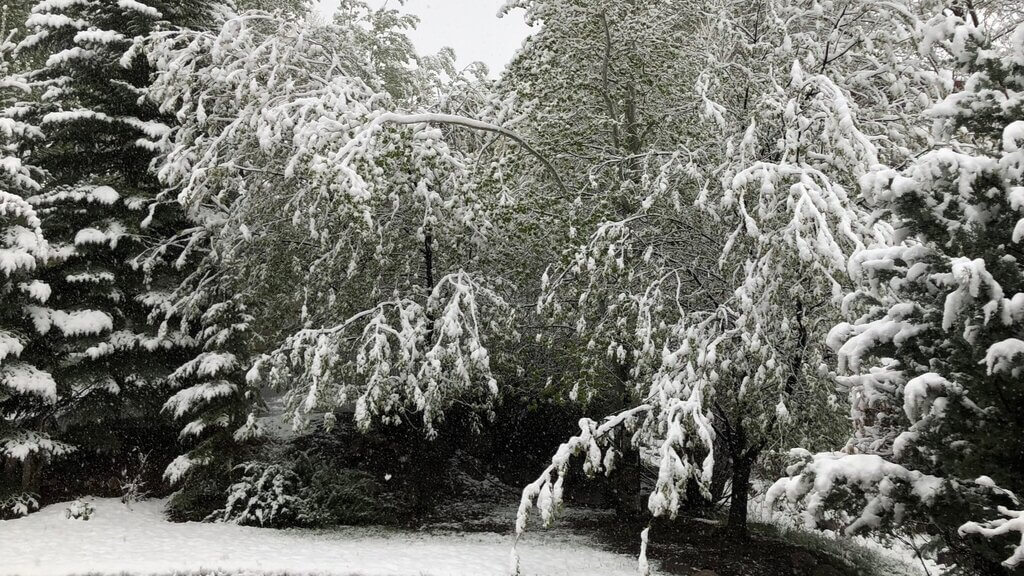
Snow can be both beneficial and hazardous for dormant plants.
It acts as an insulator, maintains moisture, and protects plants from the harshness of winter. Heavy snowfall can also lead to broken branches and suffocating plants.
In Colorado, I removed heavy wet snow from tree and shrub branches to prevent them from breaking. This was especially important in the spring when snowfall had the highest moisture content.
Delicate plants can be covered with simple forms to prevent damage.
Plants That Thrive in Winter
Some plants thrive in winter despite the cold and other challenges and provide a habitat for wildlife.
Evergreen plants keep their foliage all year round and add a serene quality to landscapes. Fresh snowfall on these plants and trees is the epitome of winter for me.
Winter bloomers like Hellebores, offer a touch of color when needed most. Incorporating these into your garden can enhance its winter appeal and offer a habitat for wildlife.
Hellebores are toxic to people and pets. Deer and rabbits usually leave them alone because they find them distasteful to eat. When choosing a location, be sure to plant them in areas not accessible to your animals.
Springtime
When spring arrives, dormant plants wake up. It’s time for pruning and applying a fresh layer of mulch. It’s also one of the best times to add new plants to your garden. And, if you haven’t already, order seeds and sketch out your garden plan.
As my garden rests for the winter, I maintain a gentle but close eye on its condition. I use my extra time to reflect on the previous year’s garden and plan for the upcoming year.
Mostly though, I use my time to marvel at and embrace the beauty of nature.
Kim Nelson is a writer, entrepreneur, and small business owner who gardened for more than 20 years in the Colorado mountains and now the flats of North Texas. She was a certified Master Gardener in Colorado and is currently certified in Texas. Connect with her at LinkTr.ee/KimNelsonOnline.

